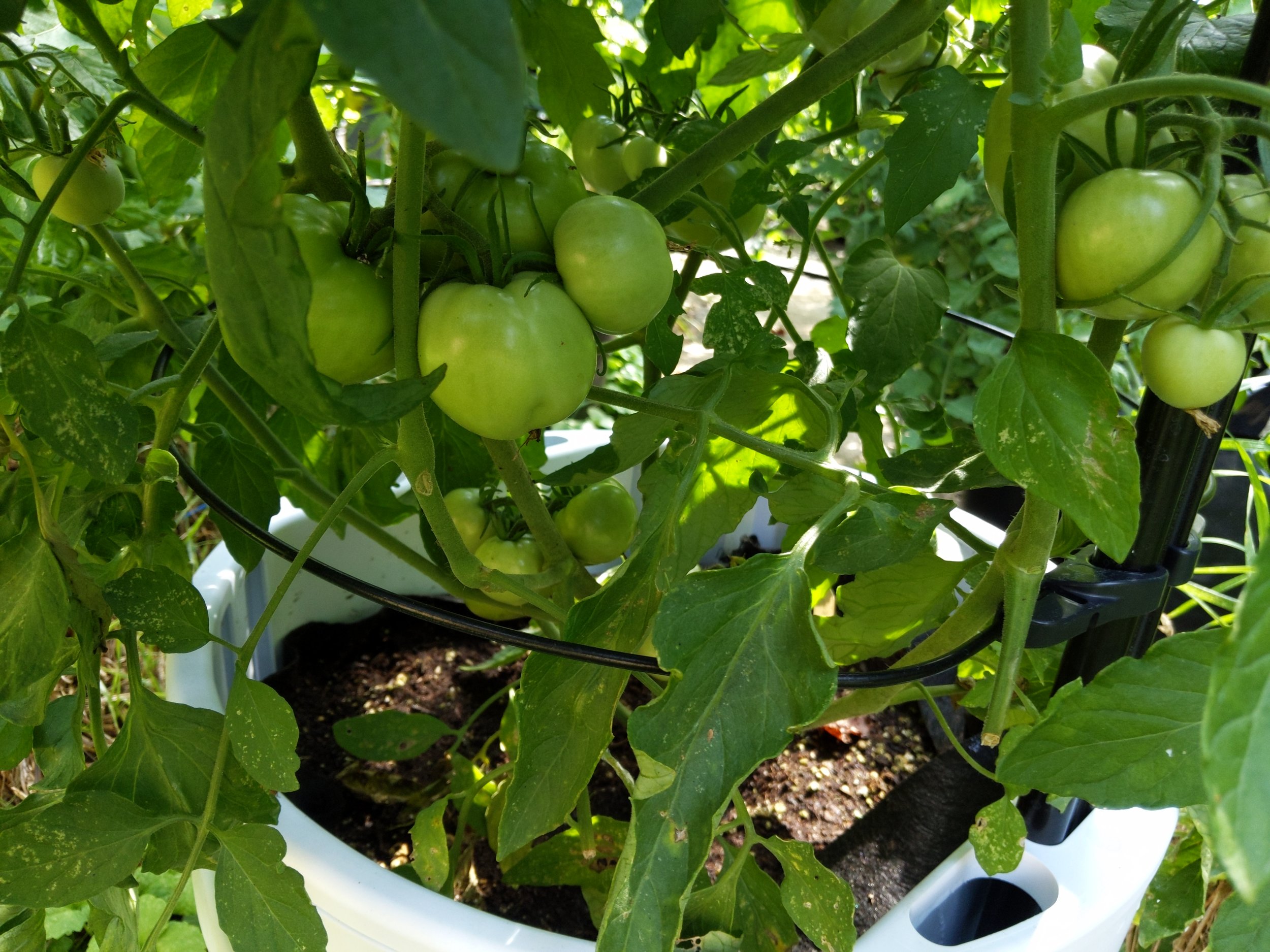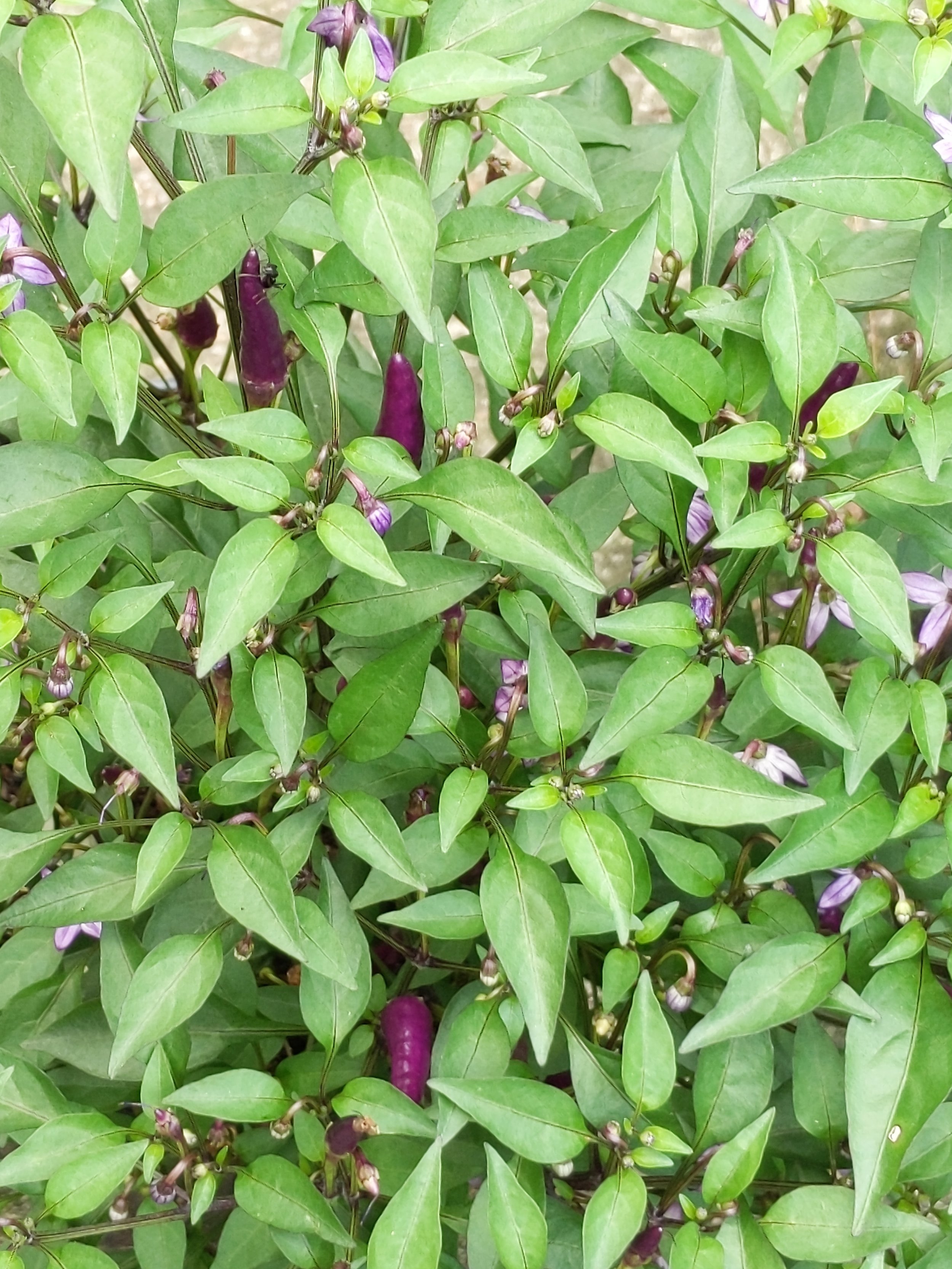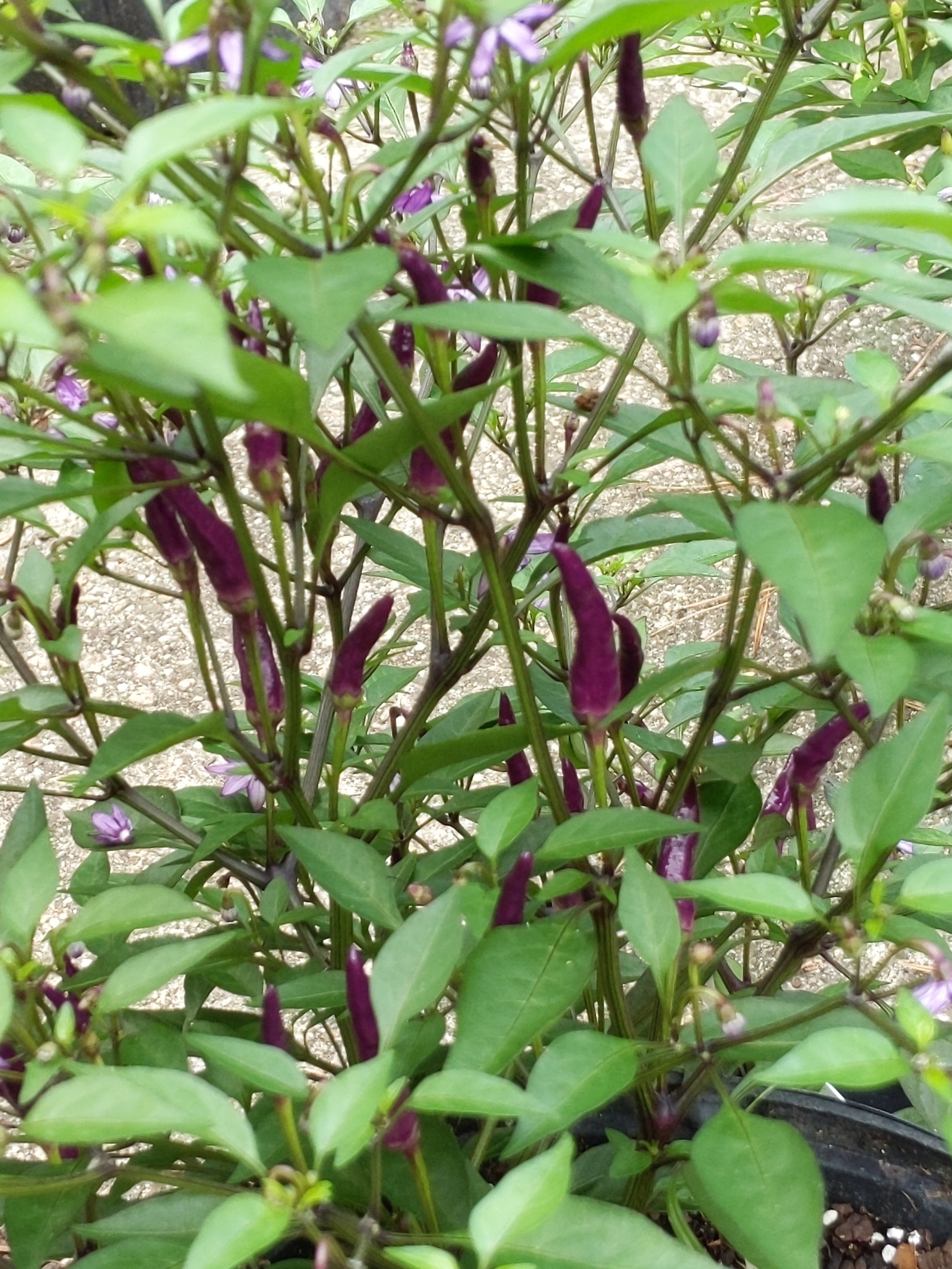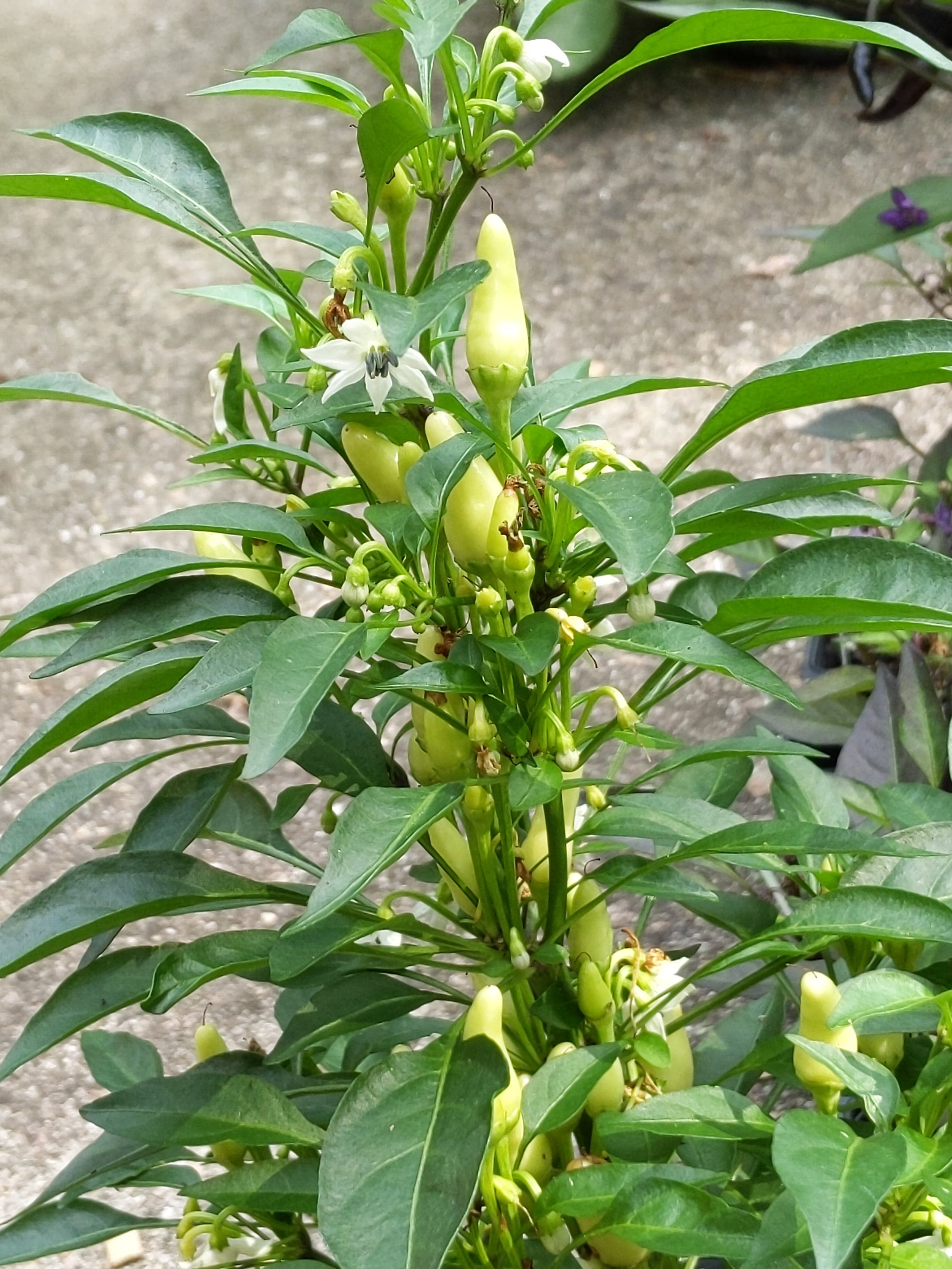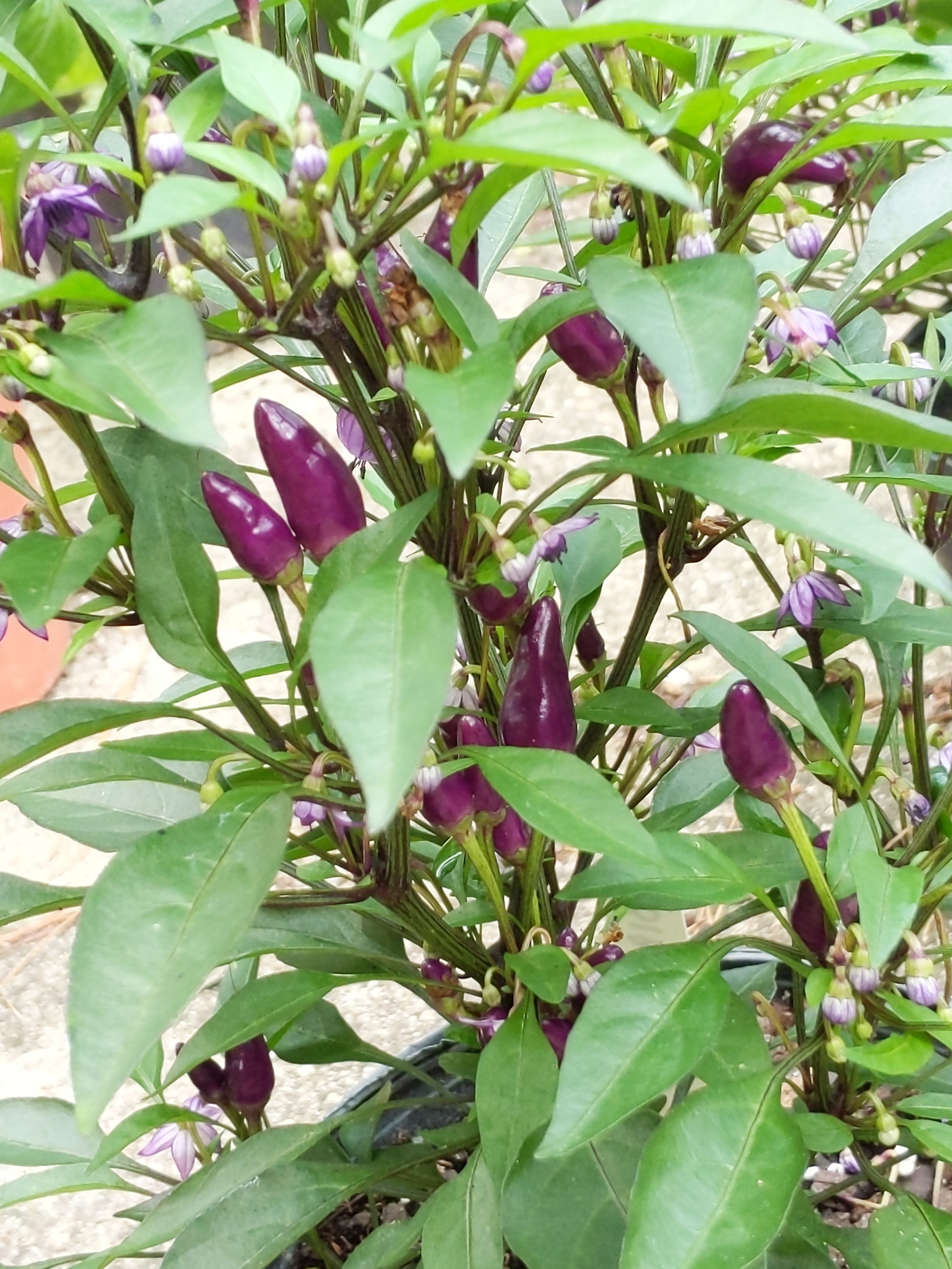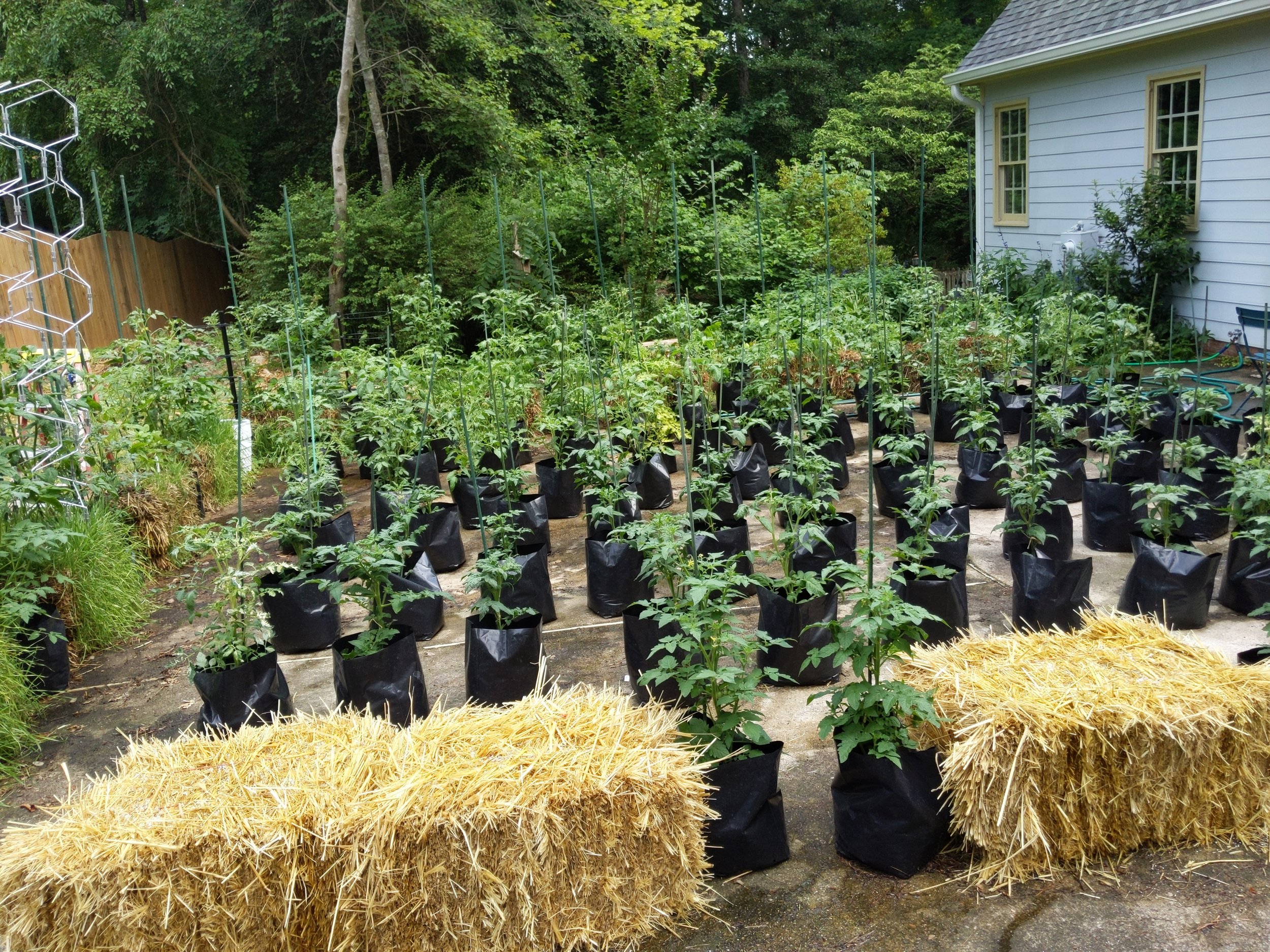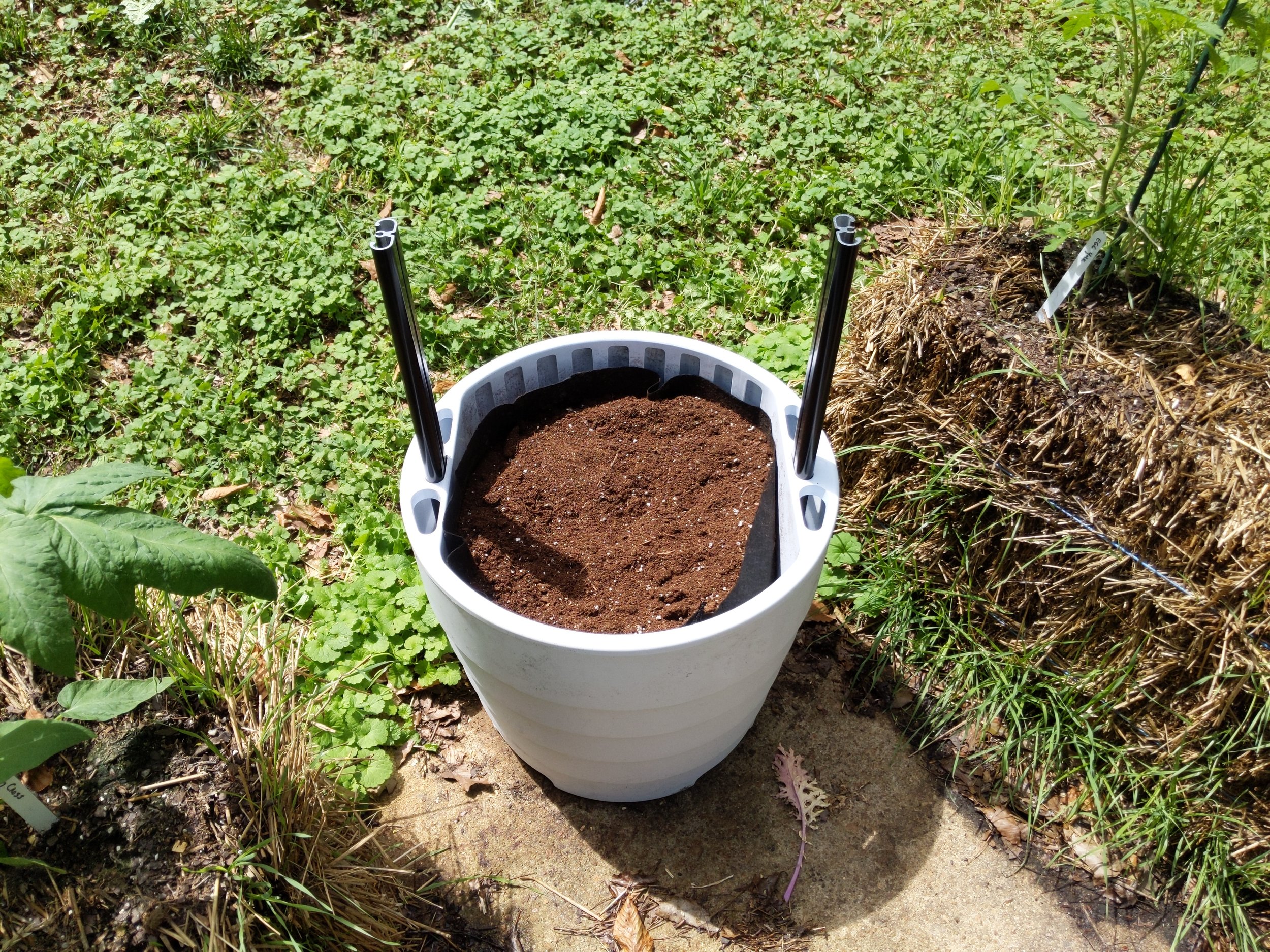Major garden reorganization happening in early August - bye to the small grow bag indeterminates, severe pruning time for the dwarfs. Harvesting and regular watering and feeding continue.
Blogging from the beach - what fun! We are in the midst of Topsail Island Family Vacation 3 (a lovely tradition we hope to keep going for as long as possible). After three days of heat and humidity, sun and sea and sand, kayaking and walking, it is a perfect time to keep cool indoors and return to pondering this year’s fascinating garden.
In the last blog I went through some data on first ripe fruit from transplant dates. Now I’d like to discuss tomato quality and dwarf tomato project results (both with released varieties and work in progress).
Always late, always worth waiting for - Lillian’s Yellow Heirloom
First - considering indetermiante tomato varieties
the following rated 9 out of 10 in flavor: Lillian’s Yellow Heirloom, Stump of the World, Yellow Brandywine, Green Giant, Casey’s Pure Yellow, Lucky Cross, Sun Gold, and Fruity.
Rating 8 were JD Special C Tex, Cherokee Purple, Cherokee Chocolate, Cherokee Green, Indian Stripe, Mexico Midget, Hibor, Sun Lucky, Blue’s Bling (both tall and shorter - possibly dwarf - versions), Berkeley Tie Dye, Lillian’s Yellow X Zlutu Kytice F1 hybrid, Little Lucky, Abraham Green, Abraham Purple, “not” Carbon (pink fruited), Striped Sweetheart, Great White, Aunt Ruby’s German Green and Roman Figun.
In the 7-7.5 category are Egg Yolk, Andrew Rahart’s Jumbo Red, Redmon Giant, Aker’s West Virginia, Nepal, Azoychka, Swamp Sweet, Kocher volunteer cherry, Mackey Ferry cherry, KBX, Black Krim, Honor Bright, Black from Tula, Italian Heirloom, Velvet Red, MMT, Abraham Lincoln, Surprise, Civil War, Russian, Variegated, and Wapsinicon Peach.
6-6.5 ranked tomatoes were Matchless, Peak of Perfection, Bartelly Cherry, Overman family heirloom, Peach Blow Sutton, “not” Mocha Stripe and Japanese Trifele Black.
Another that tends to be later for me, but much loved….Dwarf Blazing Beauty
Dwarf, microdwarf and determinate variety tomato flavor rankings:
In the 9 category are Dwarf Sweet Sue and Dwarf Blazing Beauty
Ranked 8 - 8.5 are Beastly potato leaf yellow heart from 6838, Dwarf Emerald Isle potato leaf green flesh from T13-78, Teensy yellow, Choppy ivory with pale stripes from 5552, Scotty regular leaf, normal foliage, pink and gold striped heart from 6702, Freezy oblate purple with green stripes from 5550, Beauty green with purple stripes from 12-179, Fancy both regular and potato leaf from T13-71 pale orange, Vince’s Haze, Velvet Night, Sarah’s Red, Maura’s Cardinal, Egypt Yellow, Parfait, and Hannah’s Prize
Ranked 7-7.5 are Hearty purple heart with green stripes 6542, Dwarf Speckled Heart 6530, Taxi, Microdwarfs 6627 (prolific chocolate tear drop with green stripes) and 6628 (more compact round large chocolate cherry with green stripes), Tiny Tim scalloped 6630 (came out round, not scalloped), Teensy Pink (ended up ivory), Chocolate, Purple (ended up large green when ripe cherry), and Green, Buzzy pink and gold striped cherry, Beauty shades of green with deep crimson veining from 11-152, Scotty yellow potato leaf white to pink hearts from 6702, Scotty yellow regular leaf medium large red oblate from 6697, Pink Ink (which turned out ivory), Fancy 13-88 regular leaf 3 oz white, Beastly regular leaf which turned out much like Dwarf Speckled Heart but with a rather hard core, Scotty normal color regular leaf foliage medium red oblate from 6697, Ivory Ink, Sweetie red cherry, 5 Emerald Isle selections - potato leaf green flesh from 14-60, potato leaf green flesh with orange core from 14-79, regular leaf green flesh with orange core from 14-59, potato leaf green flesh from 14-79 and regular leaf green flesh from 13-78 - none of these showed distinct heart shaped, though a few tended to do so; Sunny’s Pear, Dwarf Tiger Eye, Bendigo Dawn, Bendigo Drop, Quarter Century, Melanie’s Ballet, Jasmine Yellow, Sneaky Sauce, Cream Sausage, Andy’s Forty, Grandpa Gary’s Green, Mystic Lady
The above is really quite unprecedented in recent gardens - so many excellent flavors, so few disappointments…..and all of this despite having to water often to keep the plants as stress-free as possible in our oven-hot, humid summer. Of everything grown, only a taste of Ann’s Dusky Rose and Laura’s Bounty remain (courtesy of deer theft of the initial set of tomatoes on the plants).
What comes next is for me to assess my Dwarf Tomato Project discoveries and results against not only our high expectations for future releases, but results of the many people growing test plants. Thus, though the harvest will soon be coming to a close, the work continues…and is more about analysis and decisions than harvesting, tasting and seed saving.
Full set of the Dwarf Emerald Isle candidate work. So many delicious green fleshed tomatoes (with two of them with distinct orange cores - one of them is essentially release Dwarf Parfait).






















